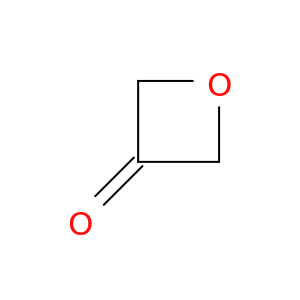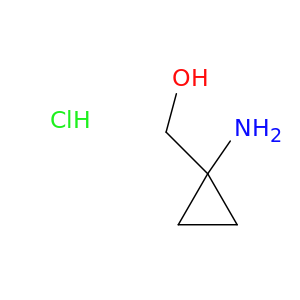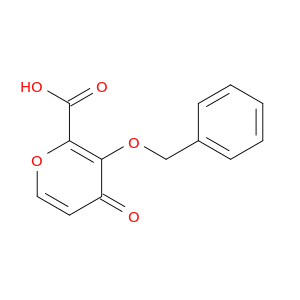200,000+ products from a single source!
sales@angenechem.com

3819-09-8 | plastoquinol
CAS No: 3819-09-8 Catalog No: AG00CZYN MDL No:
Product Description
Catalog Number:
AG00CZYN
Chemical Name:
plastoquinol
CAS Number:
3819-09-8
IUPAC Name:
2,3-dimethyl-5-[(2E,6E,10E,14E,18E,22E,26E,30E)-3,7,11,15,19,23,27,31,35-nonamethylhexatriaconta-2,6,10,14,18,22,26,30,34-nonaenyl]benzene-1,4-diol
InChI:
InChI=1S/C53H82O2/c1-40(2)21-13-22-41(3)23-14-24-42(4)25-15-26-43(5)27-16-28-44(6)29-17-30-45(7)31-18-32-46(8)33-19-34-47(9)35-20-36-48(10)37-38-51-39-52(54)49(11)50(12)53(51)55/h21,23,25,27,29,31,33,35,37,39,54-55H,13-20,22,24,26,28,30,32,34,36,38H2,1-12H3/b41-23+,42-25+,43-27+,44-29+,45-31+,46-33+,47-35+,48-37+
InChI Key:
IJBLJLREWPLEPB-IQSNHBBHSA-N
Properties
Complexity:
1360
Compound Is Canonicalized:
Yes
Covalently-Bonded Unit Count:
1
Defined Atom Stereocenter Count:
0
Defined Bond Stereocenter Count:
8
Exact Mass:
750.631g/mol
Formal Charge:
0
Heavy Atom Count:
55
Hydrogen Bond Acceptor Count:
2
Hydrogen Bond Donor Count:
2
Isotope Atom Count:
0
Molecular Weight:
751.237g/mol
Monoisotopic Mass:
750.631g/mol
Rotatable Bond Count:
26
Topological Polar Surface Area:
40.5A^2
Undefined Atom Stereocenter Count:
0
Undefined Bond Stereocenter Count:
0
XLogP3:
18.1
Literature
| Title | Journal |
|---|---|
| Plastoquinol is more active than α-tocopherol in singlet oxygen scavenging during high light stress of Chlamydomonas reinhardtii. | Biochimica et biophysica acta 20120301 |
| Double reduction of plastoquinone to plastoquinol in photosystem 1. | Biochemistry 20111227 |
| Flexibility in photosynthetic electron transport: the physiological role of plastoquinol terminal oxidase (PTOX). | Biochimica et biophysica acta 20110801 |
| Analysis of lipid content and quality in Arabidopsis plastids. | Methods in molecular biology (Clifton, N.J.) 20110101 |
| Putative function of cytochrome b559 as a plastoquinol oxidase. | Physiologia plantarum 20100401 |
| Plastoquinol is the main prenyllipid synthesized during acclimation to high light conditions in Arabidopsis and is converted to plastochromanol by tocopherol cyclase. | Plant & cell physiology 20100401 |
| Intersection of the tocopherol and plastoquinol metabolic pathways at the plastoglobule. | The Biochemical journal 20091223 |
| Theoretical analysis of the unusual temperature dependence of the kinetic isotope effect in quinol oxidation. | Journal of the American Chemical Society 20090527 |
| Properties of cytochrome bd plastoquinol oxidase from the cyanobacterium Synechocystis sp. PCC 6803. | Journal of biochemistry 20090301 |
| Tocochromanols, plastoquinol, and other biological prenyllipids as singlet oxygen quenchers-determination of singlet oxygen quenching rate constants and oxidation products. | Free radical biology & medicine 20080915 |
| Plastoquinol as a singlet oxygen scavenger in photosystem II. | Biochimica et biophysica acta 20080201 |
| The thylakoid proton motive force in vivo. Quantitative, non-invasive probes, energetics, and regulatory consequences of light-induced pmf. | Biochimica et biophysica acta 20071001 |
| Cytochrome c is reduced mainly by plastoquinol and not by superoxide in thylakoid membranes at low and medium light intensities: its specific interaction with thylakoid membrane lipids. | The Biochemical journal 20031001 |
| Scavenging of superoxide generated in photosystem I by plastoquinol and other prenyllipids in thylakoid membranes. | Biochemistry 20030722 |
| Anisotropy measurements of intrinsic fluorescence of prenyllipids reveal much higher mobility of plastoquinol than alpha-tocopherol in model membranes. | Chemistry and physics of lipids 20030401 |
| Redox-coupled proton pumping activity in cytochrome b6f, as evidenced by the pH dependence of electron transfer in whole cells of Chlamydomonas reinhardtii. | Biochemistry 20020611 |
| Deuterium kinetic isotope effects in the p-side pathway for quinol oxidation by the cytochrome b(6)f complex. | Biochemistry 20011218 |
Related Products
Featured Products
© 2019 Angene International Limited. All rights Reserved.







